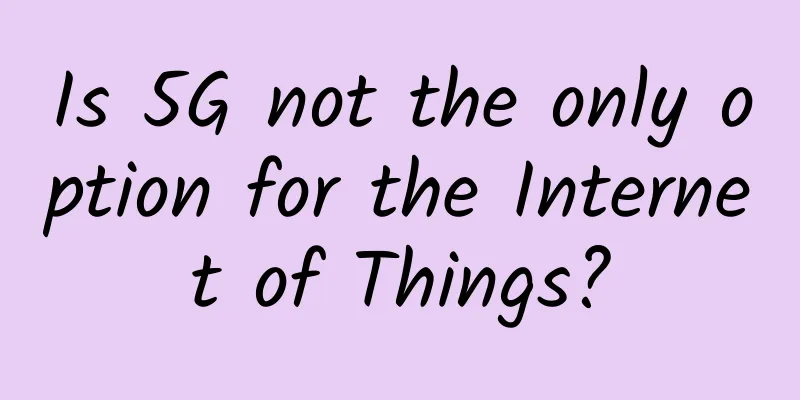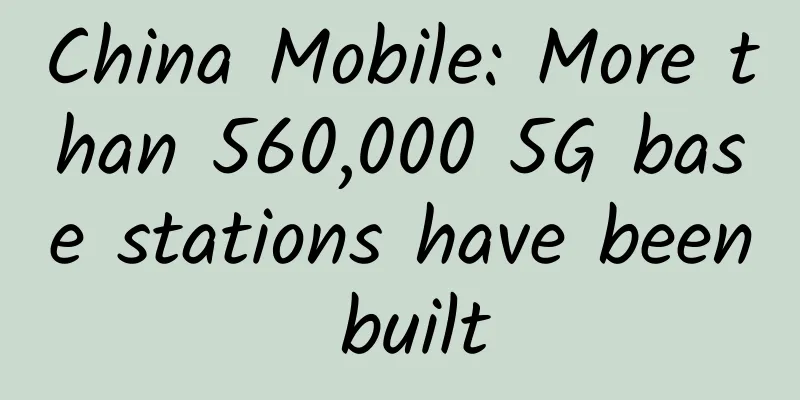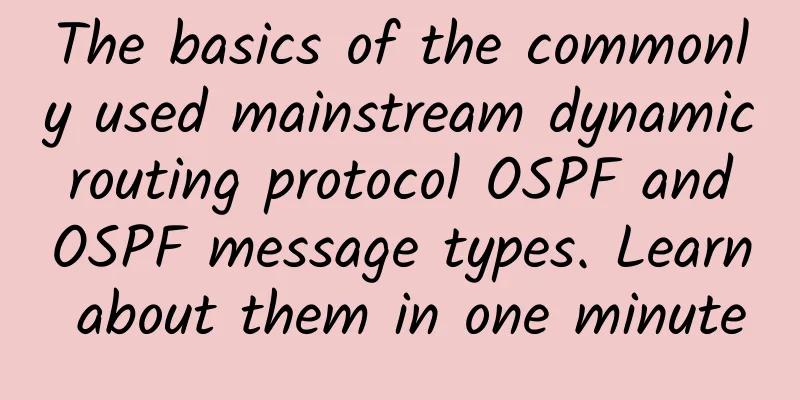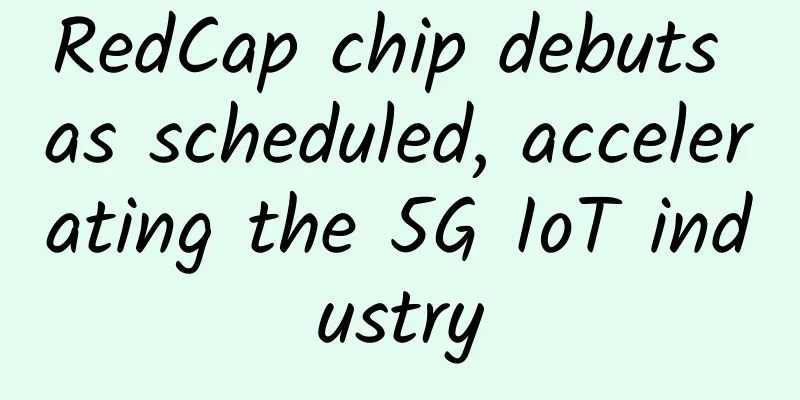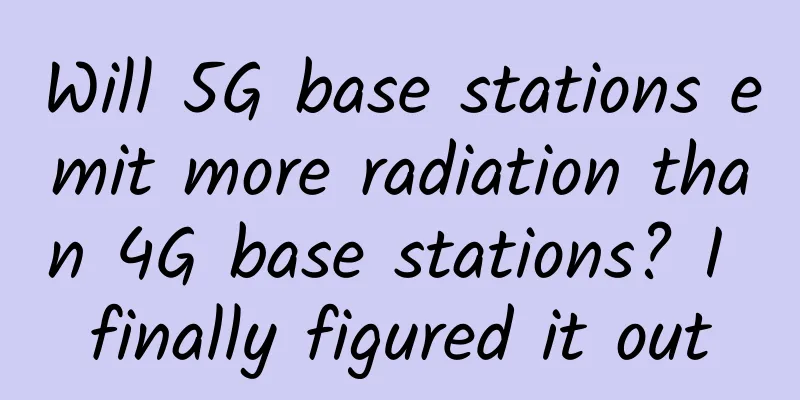Process control, all in one place
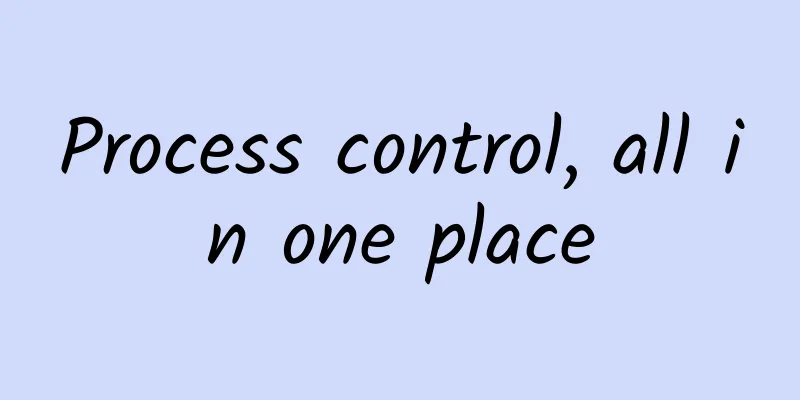
|
Watching the Olympics recently has gotten my blood boiling. The Chinese Olympic athletes are simply amazing, not only in their performance, but also in their temperament, spirit, and energy. They are great in all aspects. What moved me the most in this Olympics was seeing some older athletes achieve great results: Lü Xiaojun was 37, Ma Long was 32, Su Bingtian was 32, and Gong Lijiao won her first Olympic gold medal at the age of 32. Even athletes who are so limited by age can constantly break through themselves, let alone us? Are we still worried online every day that programmers will be optimized at the age of 35? So don’t use age as an excuse for yourself. Don’t think that you can’t do this or that because you’re too old. Just do it. if-elseFeatures:
switchFeatures:
forFeatures:
goto, break, continueFeatures of goto:
break Features:
continue Features:
SummarizeThis article mainly introduces process control statements, namely conditional statements, selection statements, loop statements and jump statements.
In addition, there are break and continue, which can be used with loop statements and jump statements. Jump statements are very useful in some scenarios, but they can easily cause some inexplicable problems, so use them with caution. The mind map and source code in the article have been uploaded to GitHub, and students in need can download them by themselves. Address: https://github.com/yongxinz/gopher/tree/main/sc This article is reprinted from the WeChat public account "AlwaysBeta", which can be followed through the following QR code. To reprint this article, please contact the AlwaysBeta public account. |
>>: 5G is here, and so is mainstream adoption for industrial IoT startups
Recommend
Huawei Enjoy 10S, the year-end flagship phone worth 1,000 yuan, is officially released with full screen and camera upgrades
As the year draws to a close, the smartphone indu...
Microsoft Build 2017: Officially released Visual Studio for Mac
On the evening of May 10th, Beijing time, Microso...
F5G, not so mysterious
[[342086]] This article is reprinted from the WeC...
UUUVPS: 60 yuan/month-1GB/30GB/4M/Hong Kong CN2 line
UUUVPS is now holding a three-year anniversary ev...
Looking Ahead to 2020: 8 Enterprise Technologies That Will Be Impactful
As 2019 comes to an end, we try to predict which ...
Let’s talk about protocols and hard drives in the Web3 world: IPFS
In the Web2.0 world, the protocol is usually HTTP...
5G+Robots help accelerate the intelligent development of coal mines!
Recently, the Intelligent Coal Mine and Work Safe...
The Ministry of Industry and Information Technology issued a notice, and the three major operators had no choice but to accept it. Users who have not yet switched to 5G are blessed
The 5G era is coming. What should 4G users do? On...
inetWS: $3/month KVM-2GB/30G SSD/100M unlimited traffic/13 computer rooms available
inet.WS has released a 25% discount coupon code f...
Aruba: New working modes bring huge challenges that traditional network infrastructure cannot cope with
Recently, with the improvement of this round of e...
[Black Friday] GreenCloudVPS: Multi-room 3G memory KVM only $28/year, 1TB large plate chicken starts at $52 for two years
GreenCloudVPS's Black Friday event has begun....
The rise of the NetOps engineer
NetOps, also known as NetDevOps, is the practice ...
Read this article only three times and you will never forget network layering!
This article is reprinted from the WeChat public ...
It is said that WiFi will disappear after 5G becomes popular. Is this really the case?
5G is good, 5G is wonderful, and 5G will be great...
IT presents a new normal in the post-epidemic era. 7 "prescriptions" can help you cure the "sequelae"
In early 2020, the coronavirus pandemic hit IT li...

